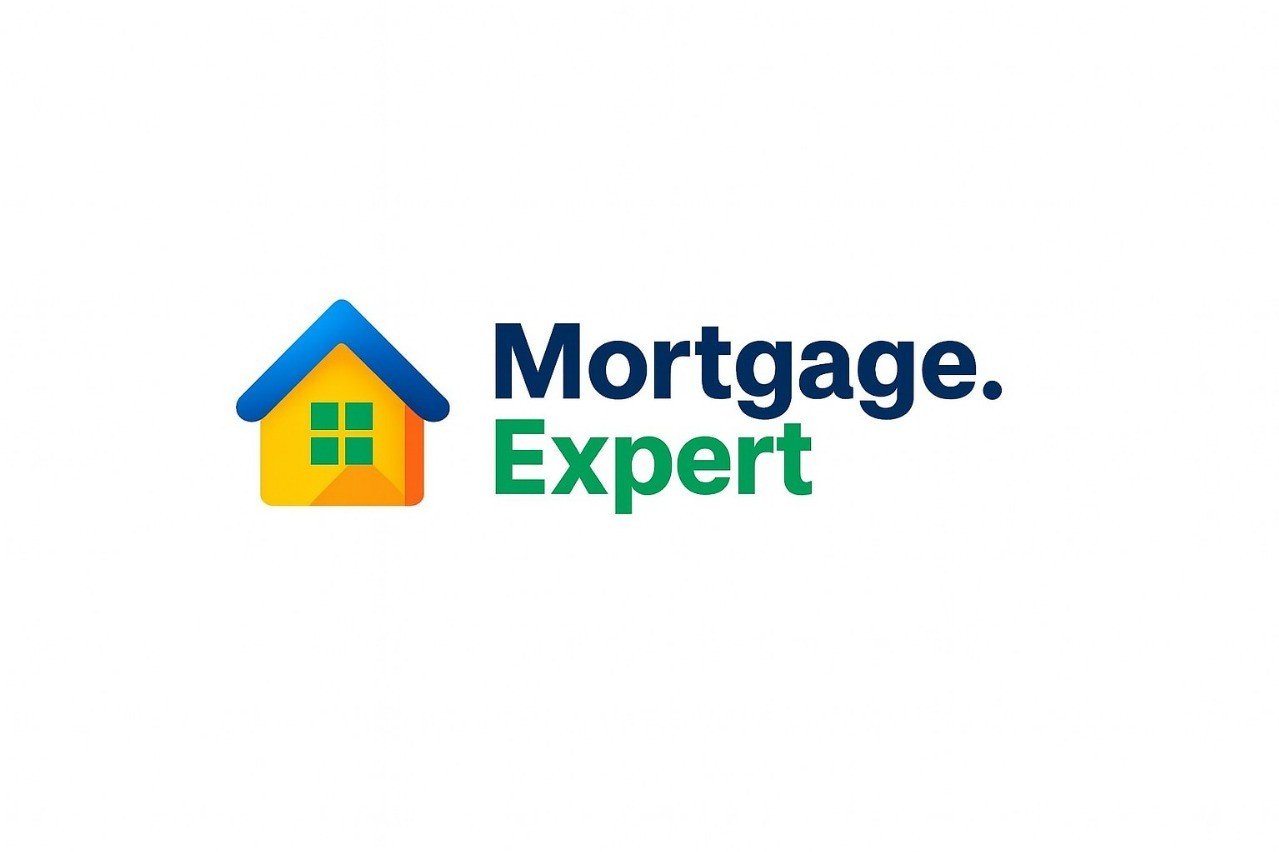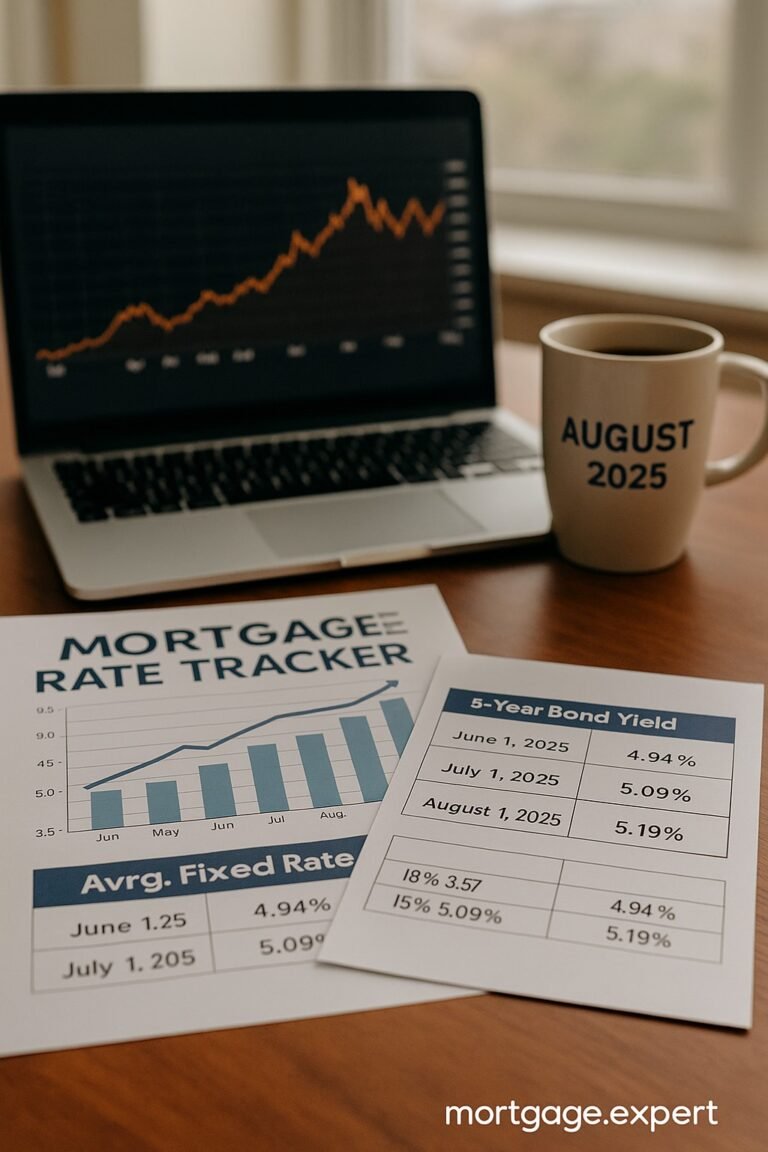
Alternative Mortgage Lenders in Canada: Who They Are and When to Consider One
Not everyone fits the traditional mortgage mould — and that’s where alternative lenders come in. If you’ve been turned away by big banks because of your credit score, income type, or financial history, don’t worry — you’re not out of options. In fact, Canada has a growing network of B lenders and private lenders designed for people just like you.
This guide breaks down everything you need to know about alternative mortgage lenders in Canada, including who they are, how they work, and whether one could be the right fit for your mortgage needs.
What Are Alternative Mortgage Lenders?
Alternative mortgage lenders are financial institutions that offer mortgage loans outside of traditional bank lending rules. Also known as B lenders or private lenders, these providers serve borrowers who may not qualify with Canada’s big banks due to factors like self-employment, bruised credit, or high debt-to-income ratios.
They aren’t the shady operators people sometimes fear — many are federally or provincially regulated, and some are subsidiaries of larger financial institutions. But they do come with different conditions: shorter terms, higher rates, and stricter repayment schedules.
Who Falls Under the “Alternative Lender” Umbrella?
B Lenders (Subprime Lenders)
These are typically Schedule B banks, credit unions, or mortgage finance companies. They work with borrowers who have decent equity or down payments but don’t meet the A lenders’ credit or income rules.
Best for: Self-employed borrowers, those with recent credit issues, or people with unusual income sources.
Private Lenders (Unregulated)
These include mortgage investment corporations (MICs), syndicates, or individual investors. They’re more flexible with approval but charge significantly higher interest. Mortgages are usually interest-only and short-term (3–24 months).
Best for: Emergency financing, poor credit borrowers, or those needing a short bridge loan while improving their finances.
Why Consider an Alternative Mortgage Lender?
✅ Flexible Qualification Criteria
They consider equity, property value, and overall financial story — not just your credit score.
✅ Faster Approvals
Because they don’t rely on bureaucratic underwriting, decisions can be made in days, not weeks.
✅ Wider Range of Property Types
Got a unique property? Alternative lenders are often more open to financing unconventional real estate.
✅ Tailored Mortgage Products
From interest-only payments to customized amortizations, you’ll find more creative mortgage solutions.
Downsides to Watch For
❌ Higher Interest Rates
Expect to pay 1–3% more than A lender rates, plus possible setup and broker fees.
❌ Shorter Terms
Most terms range from 6 months to 2 years — you’ll need a plan to refinance or exit.
❌ Renewal Uncertainty
Unlike A lenders, renewals aren’t guaranteed. You must either requalify or move your mortgage elsewhere.
When Should You Consider One?
Choosing an alternative lender makes sense if:
- You’re newly self-employed or can’t verify stable income
- Your credit score is below 650
- You’ve been declined by traditional banks
- You need temporary financing during a transition
- You’re purchasing a non-traditional property
It’s not a long-term solution for most, but it’s a stepping stone when life doesn’t fit into a neat financial box.
“This is especially relevant for immigrant buyers, who often face higher qualifying hurdles and B-lender rates above 8.5%.”
Frequently Asked Questions
Are alternative mortgage lenders regulated?
Yes — B lenders are usually regulated under OSFI or provincial authorities. Some private lenders are unregulated but still operate under industry standards.
Can I move to a traditional lender later?
Absolutely. Many borrowers refinance into A lender mortgages after improving credit or income.
How much more will I pay with an alternative lender?
Rates can be 1–3% higher. You may also pay a 1–2% lender or broker fee.
Final Thoughts
Alternative lenders can be a lifeline when traditional lenders say no. They offer flexibility, speed, and tailored solutions that help you get into a home or keep one while you sort out your finances.
Still, it’s important to treat them as a short-term fix — not a forever home for your mortgage. Always work with a trusted mortgage advisor who can help you plan your next step and get back to prime lending down the road.
“To see where B-lenders fit into the big picture, here’s a breakdown of all lender categories in Canada—from traditional banks to private lenders.”
💡 Not Sure If a Traditional Bank Is Right for You?
If your bank said no or you’re self-employed, newly credit-active, or need flexible terms — alternative lenders might be the solution. Let us help you explore every option with confidence. 🚀 Talk to a Mortgage Expert About Your Options
Stuck with a Mortgage Decision?
Don’t stress — our team is here to help. Reach out for free, no-obligation guidance.
Contact the Experts



